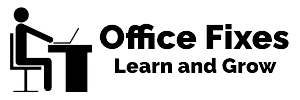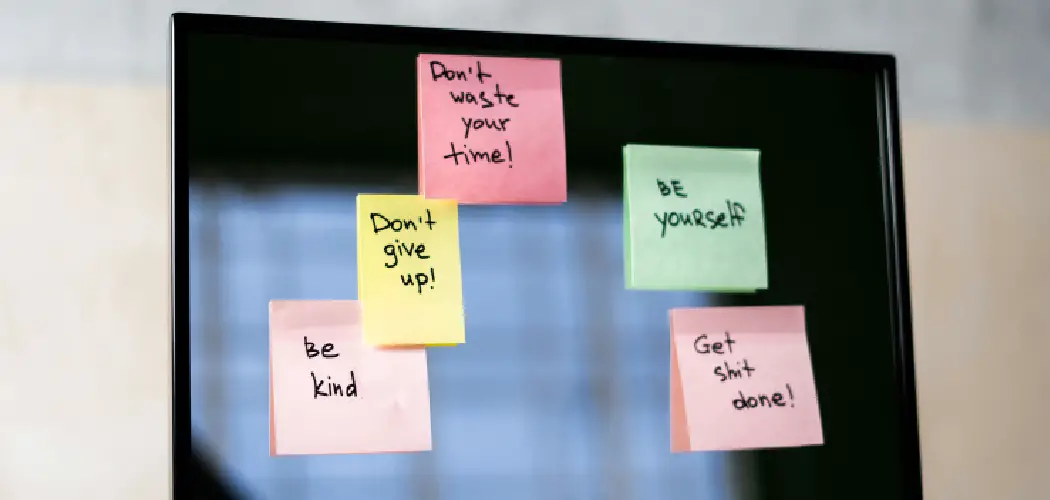Monitor memo boards are essential tools for keeping personal and professional spaces organized and efficient. They serve not only as a visual reminder of tasks and important dates but also as a creative outlet for expressing ideas and inspiration. Creating a well-structured memo board can enhance productivity, reduce clutter, and ensure that crucial information is easily accessible.
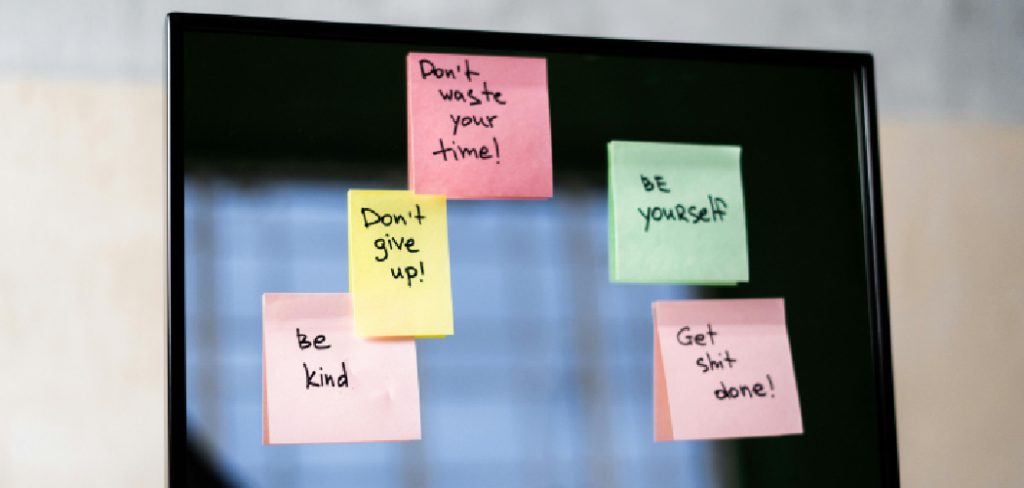
This guide on how to organize monitor memo boards will explore effective strategies for organizing your monitor memo boards to maximize their potential and help you stay focused in your daily activities.
Why Organize Your Monitor Memo Boards?
- Improved Productivity: When your memo board is well-organized, you can easily find and prioritize tasks, leading to increased efficiency.
- Reduced Clutter: Having a designated space for important notes and reminders prevents them from getting lost in the daily chaos of work or home life.
- Enhanced Creativity: An organized memo board allows you to jot down new ideas and inspiration as they come, fostering a more creative and productive mindset.
- Easy Access to Information: By grouping similar information together on your memo board, you can quickly find what you need without wasting time searching through piles of paper or digital files.
Needed Materials
Before you begin organizing your memo board, gather the necessary materials:
Memo Board:
Depending on your preference, you can choose a traditional corkboard or a magnetic dry-erase board. Consider the size and location of your board, as well as any accessories you may need.
Pins or Magnets:
Choose pins or magnets that are suitable for your memo board’s material to secure notes and reminders in place.
Markers or Whiteboard Pens:
If using a dry erase board, have a variety of markers or whiteboard pens on hand for writing and drawing.
Sticky Notes:
Sticky notes are a useful tool for temporary reminders or quick notes. Have them easily accessible near your memo board.
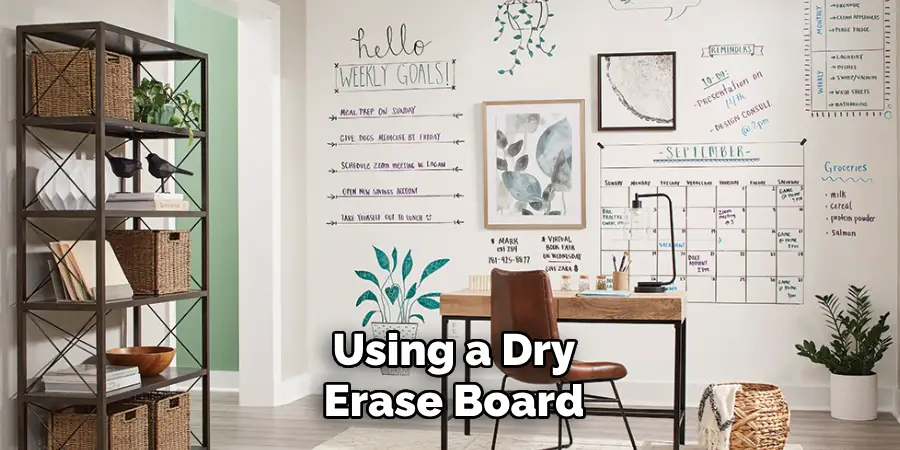
7 Steps on How to Organize Monitor Memo Boards
Step 1: Determine the Purpose
Before diving into the organisation of your monitor memo board, it’s crucial to define its purpose. Consider what you want to achieve with your memo board—whether it’s to keep track of daily tasks, set reminders for important deadlines, or inspire creativity through quotes and images.
Understanding the primary function will help guide the layout and content you choose to feature. This clarity ensures that your memo board serves as a practical tool tailored to meet your specific needs, making it more effective in helping you stay organized and focused.
Step 2: Categorize Information
Once you’ve established the purpose of your memo board, the next step is to categorize the information you plan to display. Break down your notes, reminders, and inspirational quotes into specific categories that reflect your goals and responsibilities. For example, you might have sections for work-related tasks, personal reminders, upcoming events, and creative ideas.
By grouping similar items together, you’ll create a visually appealing organization system that makes it easier to locate and prioritize what you need at a glance. Consider using different colors for sticky notes or markers to further differentiate between categories, enhancing both functionality and aesthetics.
Step 3: Create a Layout
With your information categorized, it’s time to create a layout that optimally displays your content. Start by sketching a rough design of how you want to organize the sections on your memo board. Consider placing the most frequently accessed items in an easily viewable area, ensuring they are at eye level for quick reference. Utilize a grid system or separate sections for each category you established in Step 2. You can also incorporate visual elements like borders or backgrounds to distinguish between different areas.
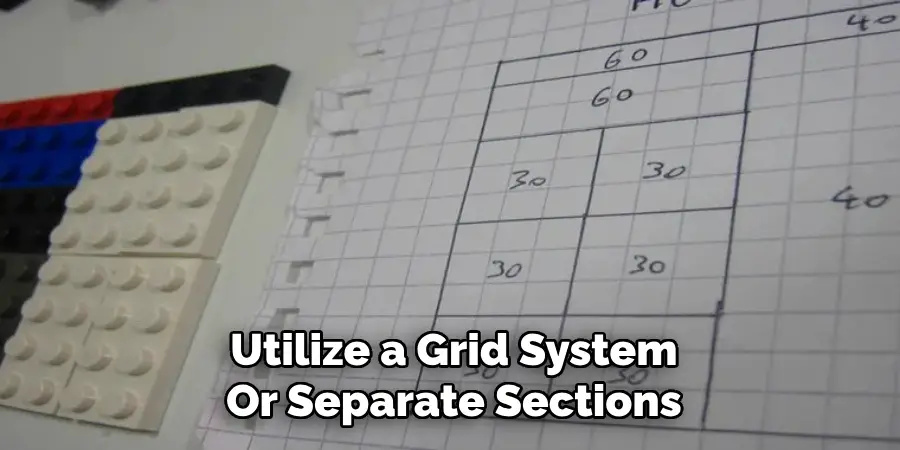
Remember that your layout should not only prioritize functionality but also reflect your personal style. Feel free to mix in images, quotes, or colour-coded sections to make the board visually engaging. Once you have a clear layout plan, proceed to arrange your notes, reminders, and creative elements in a way that aligns with your design, making adjustments as needed to achieve a balanced and cohesive look.
Step 4: Utilize Accessories
To enhance the functionality of your monitor memo board, consider incorporating various accessories that can complement and elevate your organizational system. Accessories such as washi tape, clips, or binder clips can help secure notes in place while also adding decorative flair. Magnetic strips or small containers can be attached to your board for holding markers, pens, or even small paper notepads, ensuring that your writing tools are always within reach.
You might also explore the use of string and clothespins to create a flexible display area for photos or inspirational quotes that you can easily swap out as new ideas come to mind. By thoughtfully choosing and utilizing accessories, you can create a more dynamic and visually interesting board that encourages creativity while keeping your information organized and accessible.
Step 5: Regular Maintenance
To ensure that your memo board remains organized and useful, it’s important to regularly maintain it. Set a schedule to review and update the information displayed on your board, removing any outdated or irrelevant items. Consider dedicating one day a week or month to thoroughly clean and rearrange your board as needed, ensuring that it continues to serve its purpose effectively.
You should also regularly restock any necessary materials, such as sticky notes or markers, to ensure that you always have the tools you need at your disposal. This regular maintenance will keep your memo board functioning optimally and prevent it from becoming cluttered and overwhelming.
Step 6: Utilize Digital Tools
While a physical memo board is effective for keeping track of tasks and reminders, digital tools can also enhance its functionality. Consider using apps or programs that can sync with your memo board, allowing you to access and update information on-the-go. These digital tools can be especially helpful if you often work remotely or travel frequently.
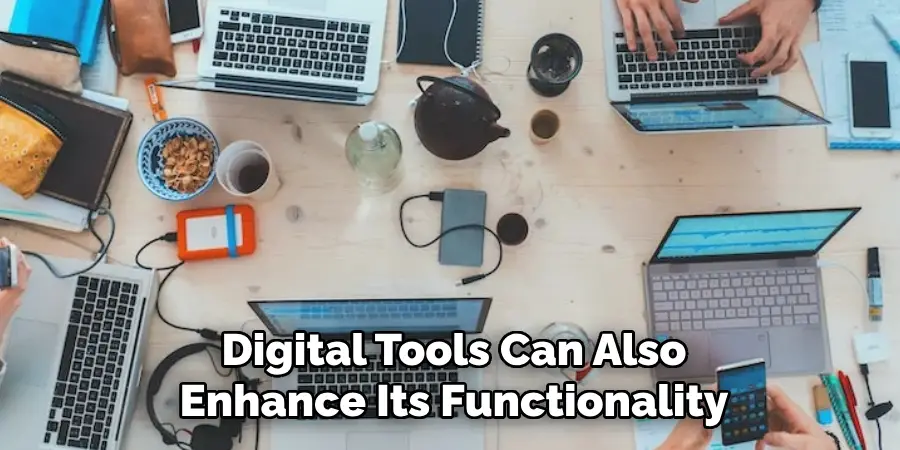
Additionally, digital options offer a more eco-friendly approach to organizations as they reduce the need for paper and physical accessories. Explore different apps and programs to find one that integrates well with your memo board and supports your organizational needs.
Step 7: Stay Consistent
Maintaining consistency is key to ensuring your monitor memo board remains an effective organizational tool. Develop a routine for how and when you will update the board, whether it’s daily, weekly, or after completing specific tasks. By adhering to this schedule, you’ll cultivate a habit that keeps your information relevant and promotes accountability.
Additionally, be mindful of the aesthetic and functional elements of your board; consistently using similar colors, styles, or layouts can create a cohesive look that is both pleasing to the eye and easier to navigate. The more consistent you are with your updates and visual style, the more your memo board will serve as a helpful resource rather than a source of clutter.
Frequently Asked Questions
Q: How Often Should I Update My Memo Board?
A: It is recommended to update your memo board at least once a week, or after completing specific tasks. This will keep your information relevant and organized. It is also important to regularly review and remove any outdated or irrelevant items.
Q: Can I Use Digital Tools with My Memo Board?
A: Yes, digital tools can enhance the functionality of your memo board by allowing you to access and update information on the go. These tools can be especially helpful for those who work remotely or travel frequently.
Q: How Can I Make My Memo Board More Aesthetically Pleasing?
A: You can incorporate visual elements such as borders, backgrounds, images, quotes, and color-coded sections into your design. Additionally, using consistent colors, styles, and layouts can create a cohesive look that is both visually appealing and functional. Don’t forget to consider accessories like washi tape or magnetic strips to add both function and flair to your board.
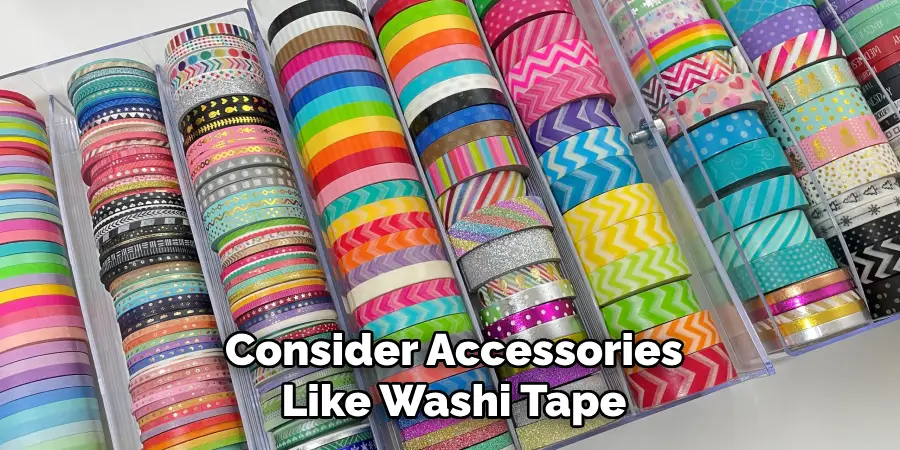
Q: Do I Need to Use a Grid System for My Memo Board?
A: A grid system can be helpful in creating a visually organized layout, but it is not necessary. You can also divide your board into sections for each category established in Step 2 of the process. It is important to find a layout that works best for you and your personal style. Overall, the key is to ensure that your board is functional and easy to navigate.
With these step-by-step guidelines on how to organize monitor memo boards, you can create an effective and visually appealing system to keep track of your tasks, reminders, and creative ideas. Remember to regularly maintain your board and utilize digital tools for enhanced functionality. By staying consistent with updates and visual element choices, your memo board will serve as a valuable organizational tool.
Conclusion
By following these steps on how to organize monitor memo boards, you can create a monitor memo board that is both visually appealing and highly functional. With a clear purpose, well-organized content, and consistent maintenance, your memo board will become an integral part of your daily routine, keeping you on track and focused on your goals.
Utilizing digital tools and accessories can also enhance its effectiveness, making it easier to stay organized in today’s fast-paced world. So why not give it a try? Start designing your own personalized memo board today and see the benefits it brings to your productivity and organization. Happy organizing!
